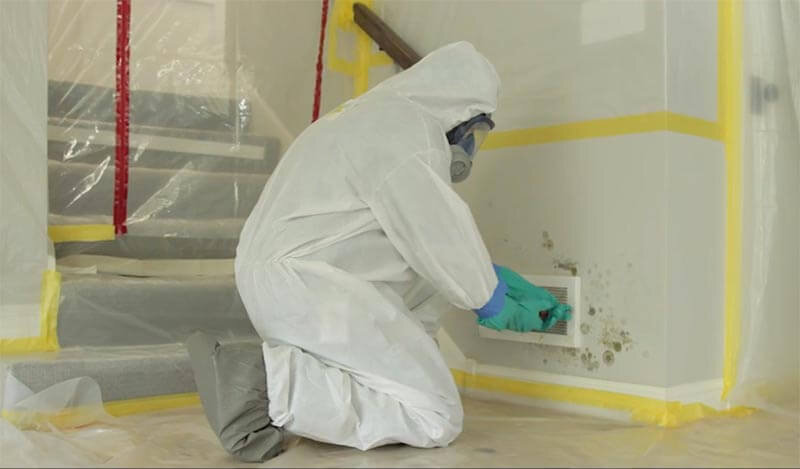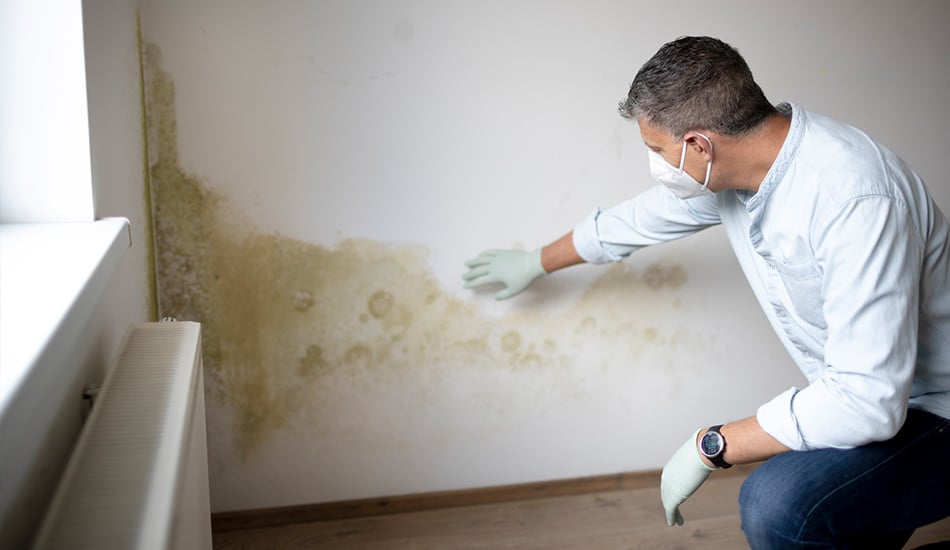Crafting a Detailed Post Mold Remediation Report
Crafting a Detailed Post Mold Remediation Report
Blog Article
Your Ultimate Guide to Post Mold And Mildew Removal Techniques
In the after-effects of mold infestation, recognizing how to effectively get rid of the mold and mildew and prevent its reoccurrence is vital for preserving a healthy and balanced interior environment. From picking the right cleaning and decontaminating approaches to applying approaches for lasting mold prevention, each step in the removal trip plays an important function in making sure an effective end result.
Understanding Post-Mold Removal Refine
After finishing the mold remediation process, it is essential to comprehend the post-mold remediation methods that are needed to make sure a effective and comprehensive clean-up. Once the mold has actually been gotten rid of, the following action entails cleansing and sanitizing the influenced locations to avoid any kind of regrowth of mold. This includes using specialized cleaning up agents to clean down surface areas and eliminate any staying mold spores. It is important to dry the location totally to inhibit the growth of mold and mildew in the future (After mold remediation). Correct air flow and dehumidification can aid in this procedure.
Additionally, performing a final examination post-remediation is important to make sure that all mold has been efficiently eliminated. This assessment should include an extensive aesthetic check along with potentially air tasting to confirm the absence of mold spores airborne. Extra removal might be essential if the evaluation exposes any type of sticking around mold. Enlightening occupants on preventive steps such as managing dampness degrees and without delay resolving any kind of water leakages can help maintain a mold-free environment.
Reliable Cleaning Up and Sanitizing Methods

Preventing Future Mold Growth

Relevance of Appropriate Ventilation
Correct ventilation plays a vital role in protecting against wetness buildup, a key consider mold development within indoor environments. Efficient air flow systems help eliminate excess humidity from the air, minimizing the chances of mold and mildew spores finding the dampness they need to sprout and spread. Without sufficient air flow, indoor rooms can end up being a breeding ground for mold and mildew, leading to prospective wellness dangers and architectural damage.
By making certain appropriate air mold removal cost per square foot blood circulation, ventilation systems can likewise help in drying out wet areas faster after water damages or flooding occurrences, even more deterring mold and mildew development. Post Mold Remediation. In rooms like restrooms, basements, attics, and kitchen areas where dampness degrees tend to be higher, installing and maintaining effective ventilation systems is important in protecting against mold and mildew infestations

Surveillance and Upkeep Tips
Provided the crucial role that correct air flow plays in avoiding mold development, it is imperative to develop efficient monitoring and upkeep suggestions to guarantee the ongoing capability of air flow systems. Routine evaluations of ventilation systems ought to be conducted to look for any type of indicators of obstructions, leakages, or malfunctions that could hamper proper air flow. Monitoring moisture levels within the property is additionally important, as high moisture can add to mold growth. Setting up a hygrometer can help track moisture levels and alert home owners to any spikes that might require interest. Additionally, making certain that air filters are frequently cleaned or changed is vital for keeping the effectiveness of the air flow system. Executing a timetable for routine maintenance jobs, such as duct cleaning and HVAC system assessments, can aid avoid problems prior to they escalate. By remaining aggressive and mindful to the problem of ventilation systems, homeowner can effectively minimize the risk of mold and mildew regrowth and maintain a healthy and balanced interior environment.
Verdict
In verdict, post-mold remediation techniques are vital for making sure a tidy and safe atmosphere. Comprehending the process, applying reliable cleaning and disinfecting approaches, stopping future mold development, preserving proper air flow, and routine monitoring are all crucial action in the removal procedure. By following these standards, you can efficiently get rid of mold and stop its return, working or advertising a healthy and balanced living space for all occupants.
In the results of mold problem, understanding how to properly remove the mold and stop its reoccurrence is critical for keeping a healthy and balanced interior atmosphere. Once the mold and mildew has been gotten rid of, the next action involves cleansing and sanitizing the influenced locations to prevent any type of regrowth of mold and mildew - After mold remediation. After eliminating noticeable mold growth, it is critical to clean up all surface areas in the damaged area to get rid of any kind of staying mold mold removal siding spores. To further improve mold prevention steps, it is necessary to attend to underlying issues that originally led to mold development.Given the vital function that correct air flow plays in avoiding mold growth, it is imperative to develop effective monitoring and maintenance tips to ensure the continued functionality of ventilation systems
Report this page